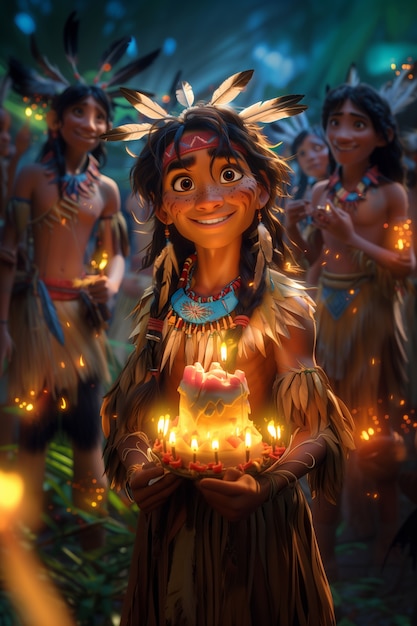
Welcome to Revisiting Disney! This week, we’re diving into one of Disney’s more controversial films, Pocahontas! As always, I’ve organized the content into sections, so feel free to skip to what interests you. And please share your thoughts in the comments below!
BACKGROUND OF POCAHONTAS
Released on June 23rd, 1995, Pocahontas quickly captivated audiences, especially children. I was one such child, enchanted by the brave princess and the memorable music that became popular in show choirs through the ’90s and early 2000s.
Upon learning it was based on a true story, I was initially unbothered, but further research unveiled significant deviations from the historical account, something that still affects my enjoyment of the film today.
Pocahontas was created around the same time as The Lion King and was intended to be a more prestigious film. Despite not making as much money and not being as critically acclaimed as The Lion King, Pocahontas still had a fascinating story. Its development began in 1991, based on the tale of Pocahontas and the early Jamestown settlers in Virginia. The quest for realism delayed its production, but regardless of its historical accuracy, it’s a visually stunning movie, earning “over $100 million in domestic gross.”
MUSIC
Though Pocahontas wasn’t nominated for Best Picture at the 1996 Academy Awards or the Golden Globes, it was recognized for its music. The song “Colors of the Wind” won Best Original Song at both events, with the film also winning an Oscar for Best Music, Original Score.
Alan Menken and Stephen Schwartz, the talents behind the music and lyrics, respectively, contributed to its lasting appeal. Schwartz later worked on other well-known projects like The Hunchback of Notre Dame and Wicked. Changes were made to some lyrics, particularly in the song “Savages,” to emphasize understanding and cultural learning as paths to peace.
ANIMATION
Bob Thomas, in his animation book, highlighted Pocahontas for its natural elegance. Animators visited Jamestown and the Shenandoah Valley to accurately translate the landscape to film. The art director, Michael Giaimo, used color to express emotions—muted shades for sadness and bright reds for anger and violence.
Notably, Glen Keane, known for animating the Beast in Beauty and the Beast, worked on Pocahontas. The challenge was not only making her look realistic but also expressing her emotions without many dialogues. The team ensured her appearance reflected that of a Native American woman.
THE PLOT
The plot, developed by Mike Gabriel and Joe Grant, centers on settlers coming to the New World with the Virginia Company. Led by the adventurous Captain John Smith, they encounter Pocahontas and her tribe. Cultural misunderstandings ensue, leading to conflict.
John and Pocahontas meet and communicate, overcoming initial fears. However, tensions rise as Governor Radcliffe pushes for gold, leading to clashes. Pocahontas and John’s relationship grows as they seek peaceful solutions, culminating in a final act to prevent war between their peoples.
SOURCE MATERIAL
The historical inaccuracy of Pocahontas often troubles me. The film portrays a romance between Pocahontas and John Smith, but historical accounts suggest otherwise. Pocahontas, born around 1596, was a young girl when she met John Smith, not the young woman depicted in the film.
Pocahontas played a significant role in her tribe, eventually marrying John Rolfe, converting to Christianity, and traveling to England. Unfortunately, she died in 1617 without returning home, an aspect that adds a layer of tragedy to her story.
LESSONS LEARNED
Pocahontas teaches us not to judge others without understanding them first. The settlers and Powhatan people’s misunderstandings led to conflict, highlighting the need for cultural understanding. The film also underscores the importance of environmental conservation and the destructive nature of greed.
DOES IT HOLD UP?
Despite its beautiful animation and music, Pocahontas is not one of my favorite Disney movies due to its historical inaccuracies. However, it remains a visually stunning film worth watching for its artistry.
Next week, we’ll be looking at The Hunchback of Notre Dame.
